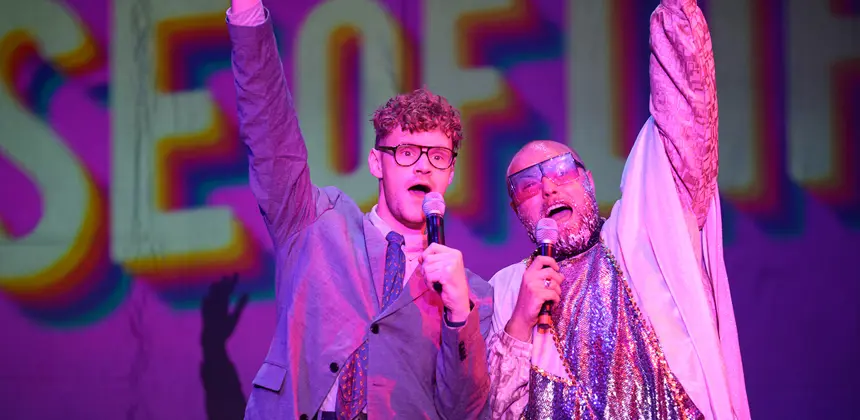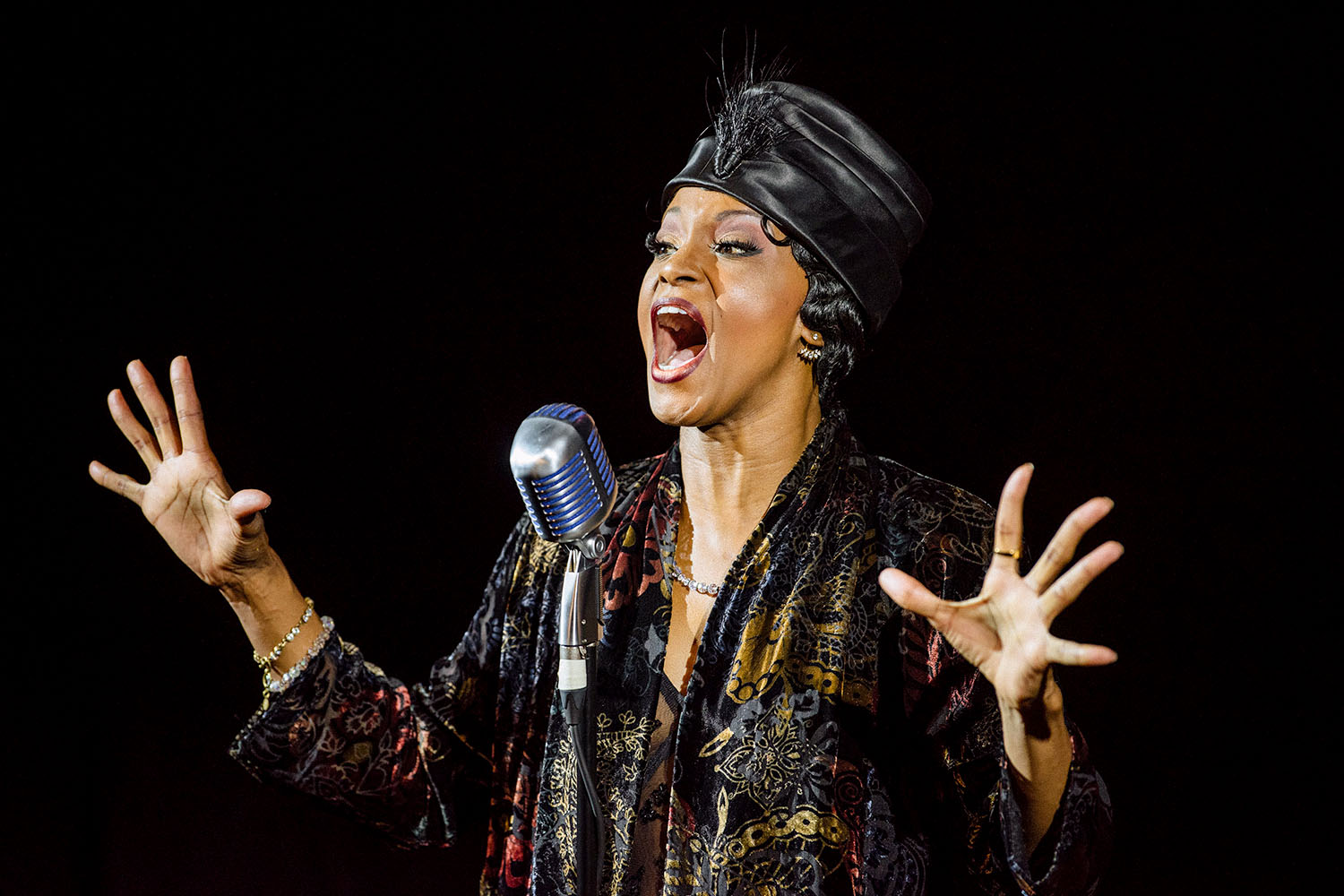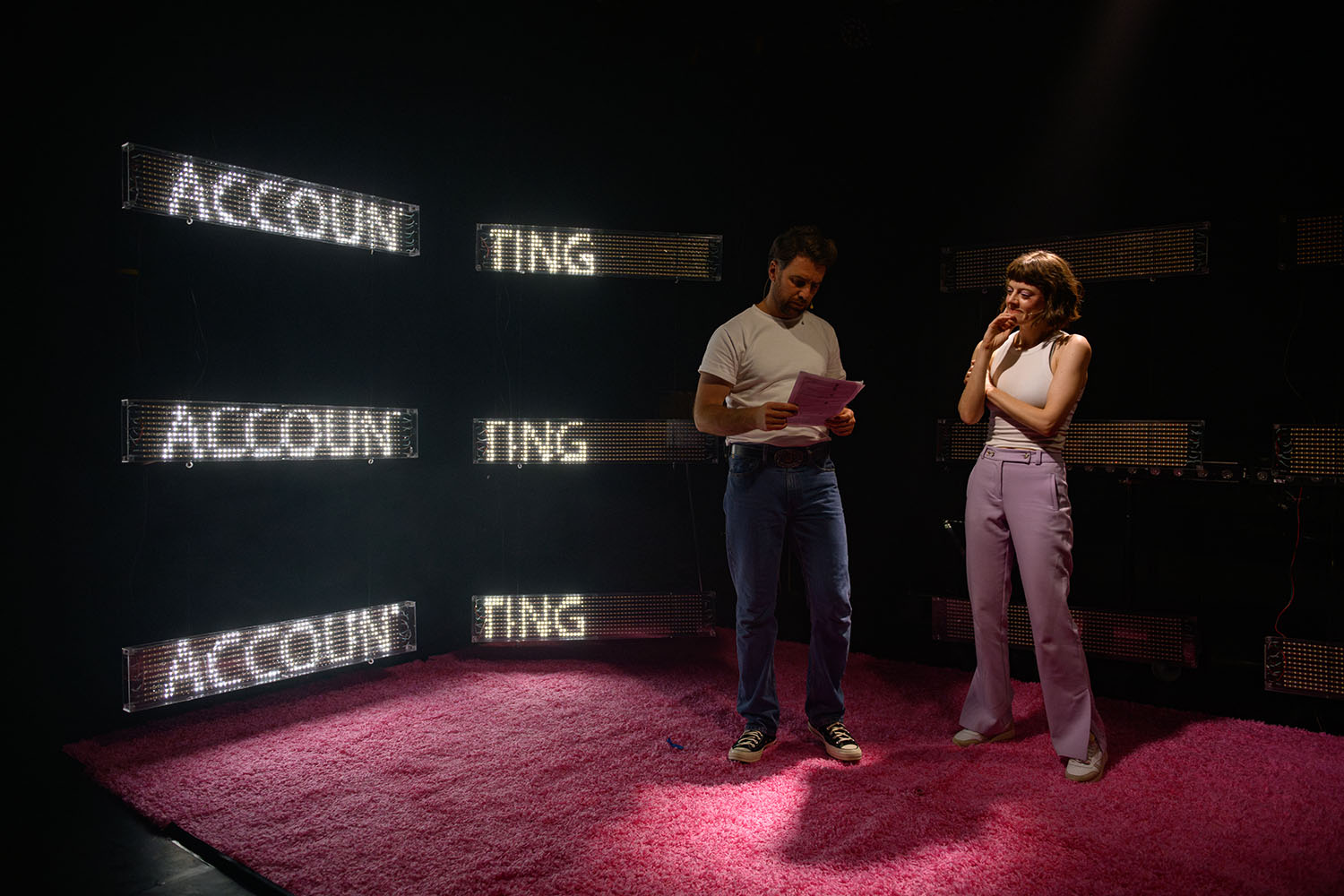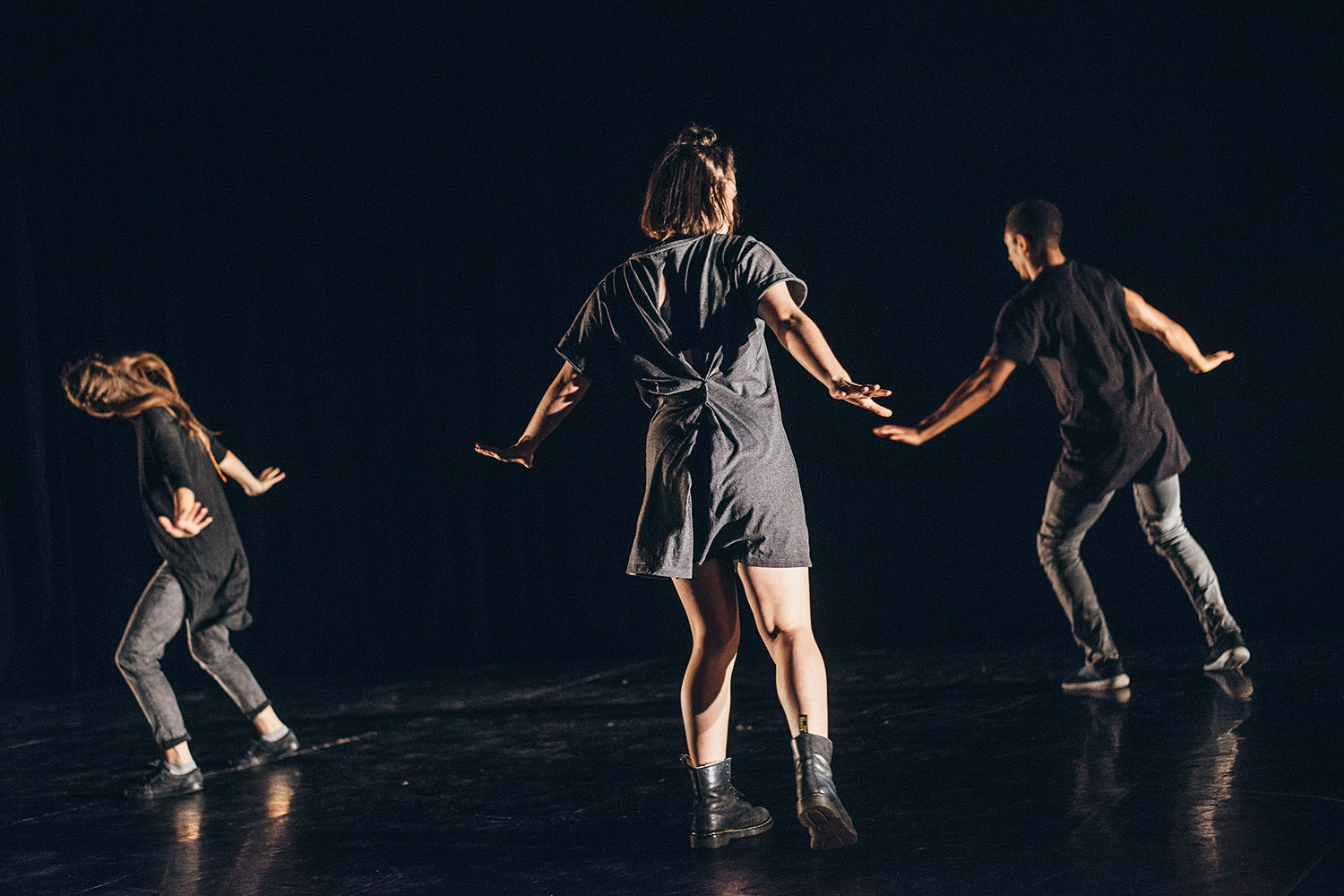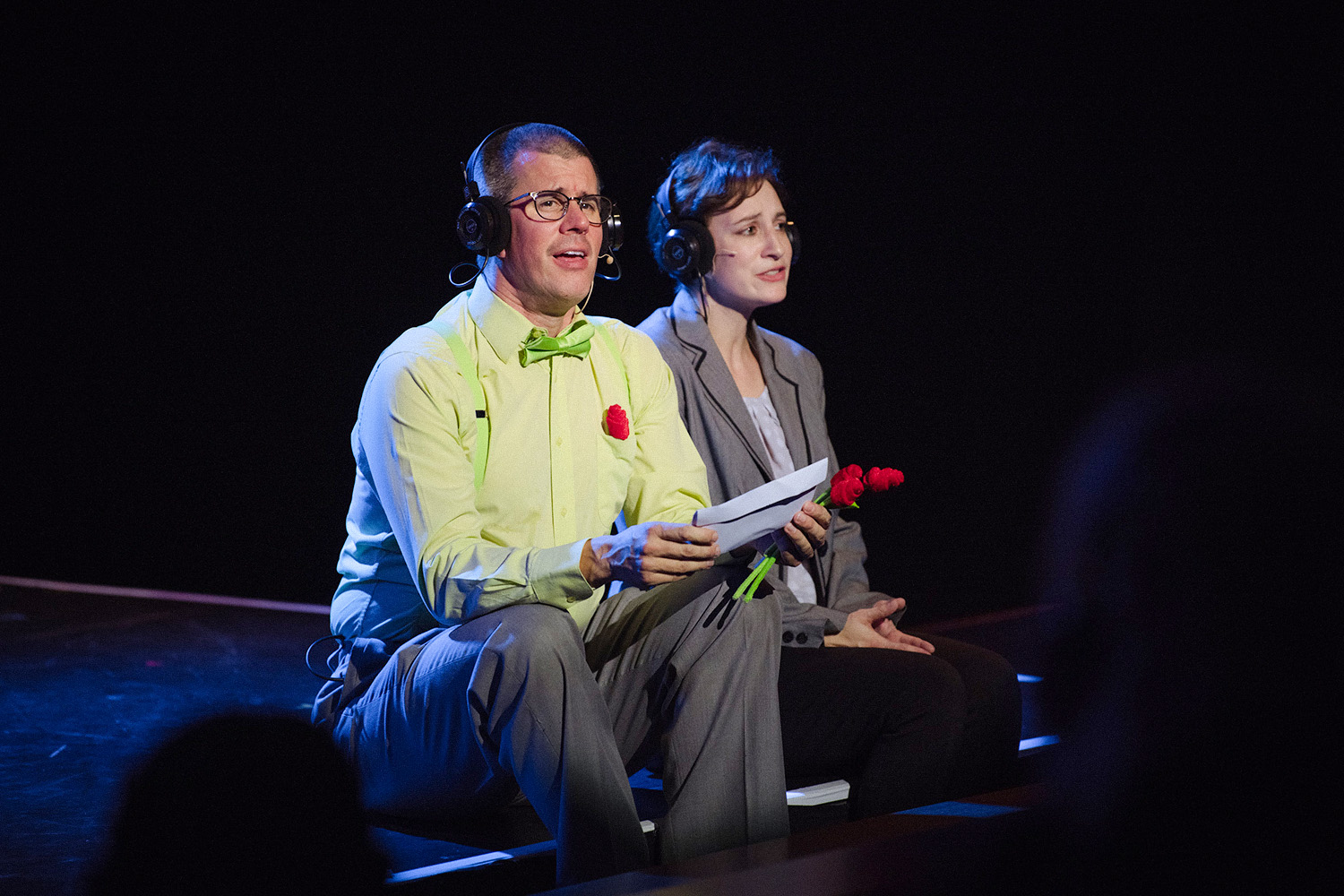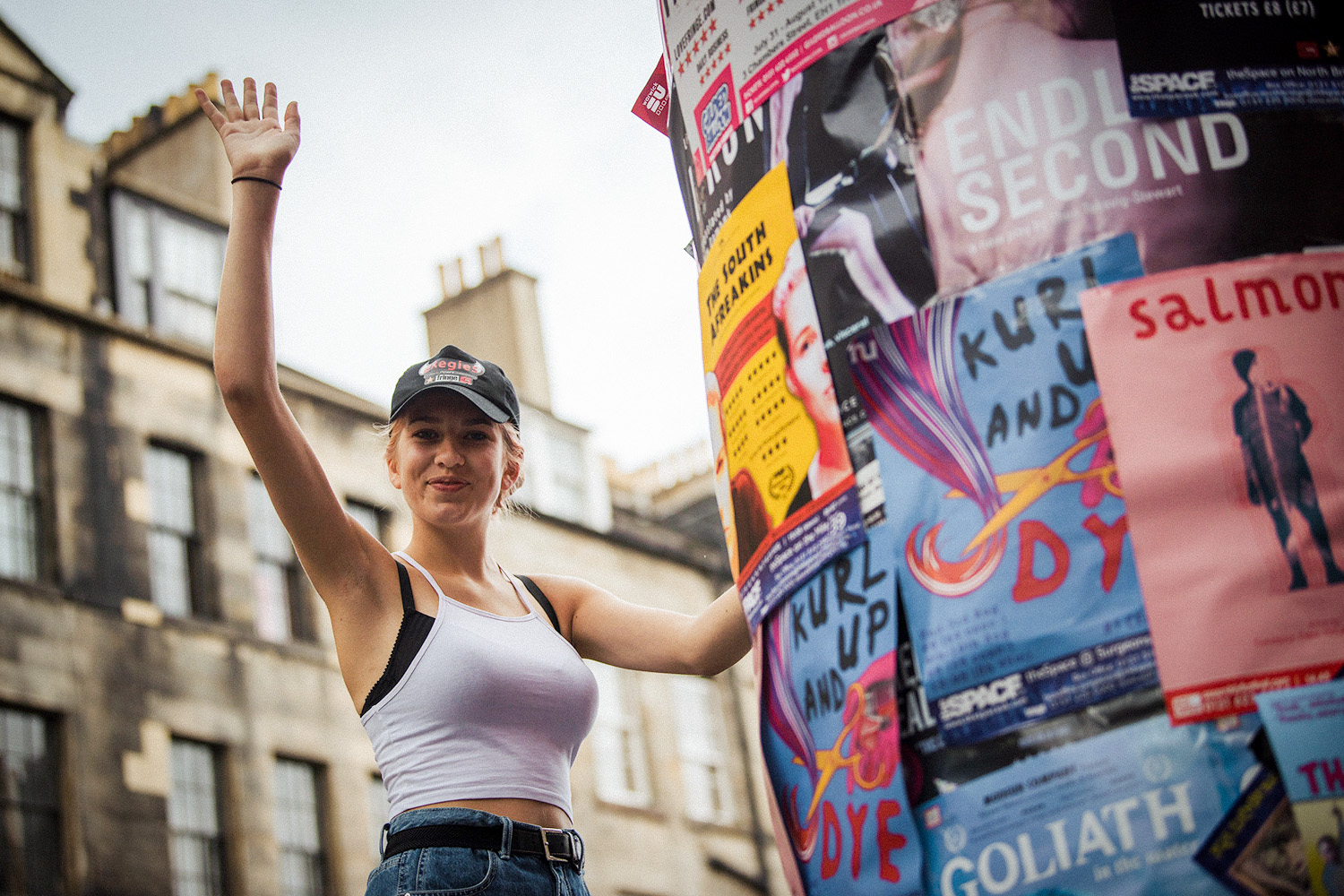We believe that everyone should have the opportunity to express themselves through creativity and experience the thrill of live performance.
This guide will help you consider how to make your show more accessible and inclusive, widening your potential audience and ensuring that more people can enjoy your work.
We're here to help!
Please get in touch with [email protected] if you have any specific questions about making your show accessible. A member of our team can set up a 10-minute slot to talk things over with you on the phone or on a video call.
Please note, slots are based on team availability.

